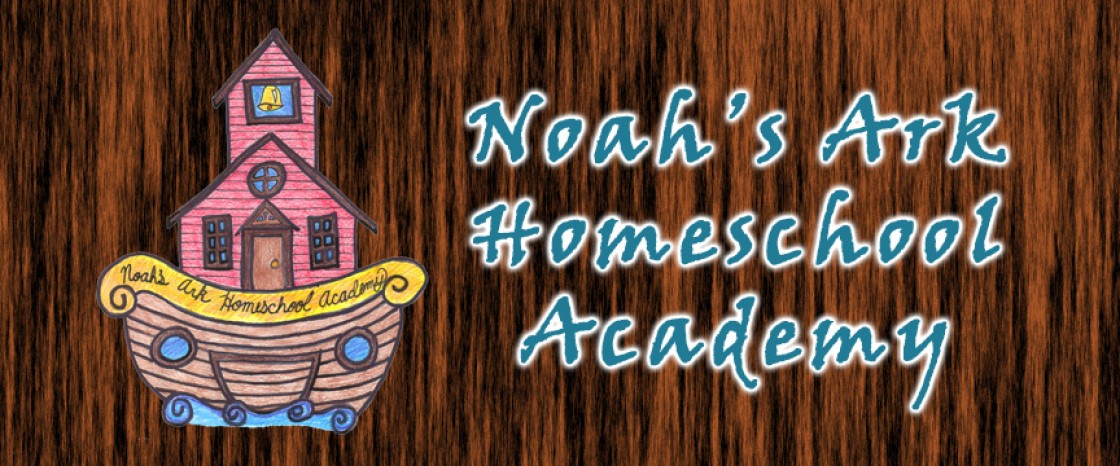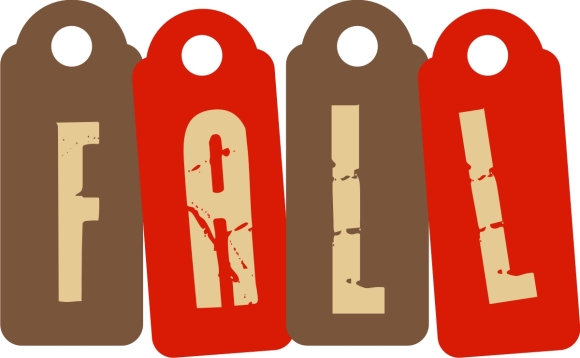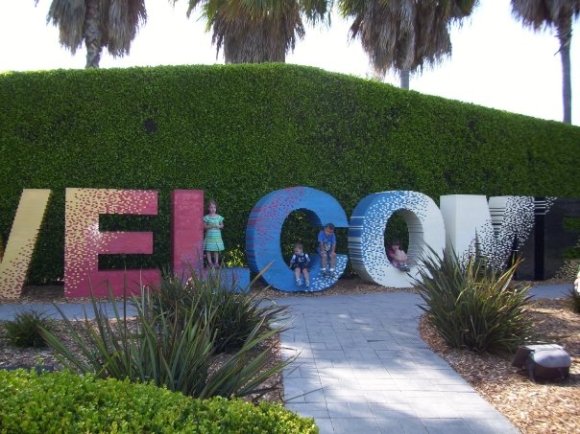It’s a party celebrating 500 views here at Noah’s Ark Homeschool Academy! What better way to celebrate then studying the number 500? What a challenge this is to put a whole Unit Study together on just one number. This Unit Study could serve as a model to put together your own Unit Study on any number that you want to celebrate.
How about learning the card game 500 to start. Click the link and you will learn about the origins of this interesting card game and all the rules so you can teach it to your children and play. What a fun way to learn about the number 500 and put your Math, and Thinking Skills into action.
Have you ever wondered what was going on in the year 500? Well here’s your chance to find out!

Learn all about the Number 500 itself!
The Colorado 500 is a charity off-road race. You can learn all about this amazing charity that has donated $1,000,000!
2012 Fortune 500 List! What a neat thing to teach your children about. There are lots of opportunities for math here. You can compare the companies numbers, learn about the companies themselves, see how many of the companies you children recognize and if they know what they do. Have the children think up their own company as a group after studying what makes the Fortune 500 companies successful. Hold a mock interview for one of the companies for older students. They can research and prepare for the interview, including their numbers and growth information. There is so much to learn and do here.
They have had some great Fortune 500 Covers over the years and here are some of the favorites to check out and compare. After viewing these have your children design and create their own Fortune 500 Cover!
Do you have kids that love cars? Studying the Fiat 500 is a great way to integrate something they love into what you want them to learn. Have your children build and price a Fiat 500 and make adjustments to stay within a budget you set for them. They will enjoy picking the features, and you will enjoy the math they are doing. Have them learn all about the different features of the car including gas mileage, safety features, and so son. Older children can write a report on if they would purchase a Fiat 500, and why or why not. Younger children could create a Fiat 500 cardboard box car.
While your inspiring the car lover in your family why not study the History of the Daytona 500? Here is another link to study the History of the Daytona 500. Here is a list of the winners of the Daytona 500 throughout history. This is a great opportunity to compare the cars they drove, or how much money they won. The lesson opportunities are almost endless here! For fun you could hold your own Daytona 500 with Hot Wheels cars. You could make your own race track on cardboard, or create a race track out of Hot Wheels track pieces. Have them calculate the points.
For a creative writing project have your children describe what the world might be like in 500 years. They could also come up with an invention that would be useful in the world 500 years from now. If they are too young to write have them draw pictures of what they think the world will look like in 500 years.





The Roman Numeral for 500 is D
Have your children answer these Math questions:
* How many 100’s are there in 500?
* What would you buy at Target if you had $500?
* What groceries would you buy for an entire month for your family with $500? Have the children either go to the grocery store to get prices or to the website of the grocery store you normally shop at. They could shop the sale ads or even use coupons. They may need to make a menu plan to make sure they are getting enough food.
* What is half of 500?
* What is 500+500?
* Where would you be if you traveled 500 miles South of where you live?
* Where would you be if you traveled 500 miles North of where you live?
* Where would you be if you traveled 500 miles East of where you live?
* Where would you be if you traveled 500 miles West of where you live?
* How many yards are there in 500 miles?
* How many feet are there in 500 miles?
* How many inches are there in 500 feet?
* Take 500 steps and measure if it is actually 500 feet or another number.
* How many pennies are in $500?
* How many nickles are in $500?
* How many dimes are in $500?
* How many quarters are in $500?
* How many $1’s are in $500?
* How many $5 are in $500?
* How many $10 are in $500?
* How many $50 are in $500?
* How many $100 are in $500?
* What day on the Calendar will it be 500 days from now?
* What day on the Calendar was it 500 days ago?
500 Years ago it was year 1512. What was it like 500 years ago? What did they wear? What did they do for fun? How did they get around? What jobs did they have? What were their living conditions like?
Link 1
Link 2
Link 3
Now do a venn diagram comparing Today with the year 1512. If you want to expand you can also compare what you think it will be like in year 2512 also or even in the year 500.
This will conclude our Celebration of the Number 500!




















